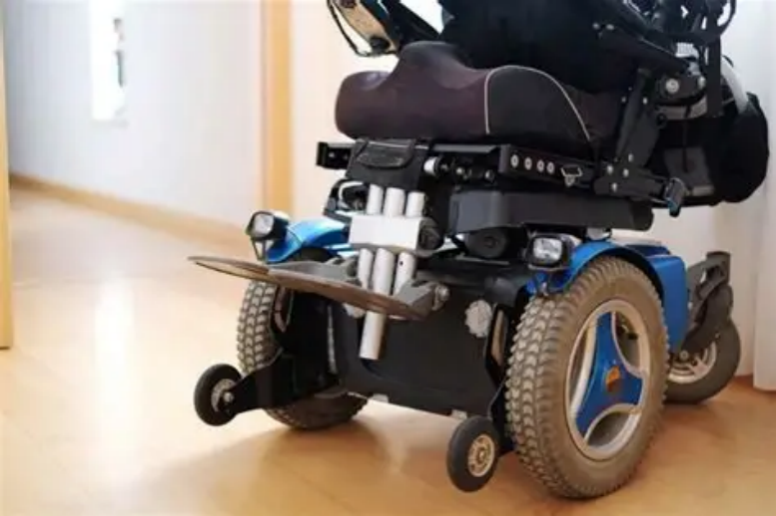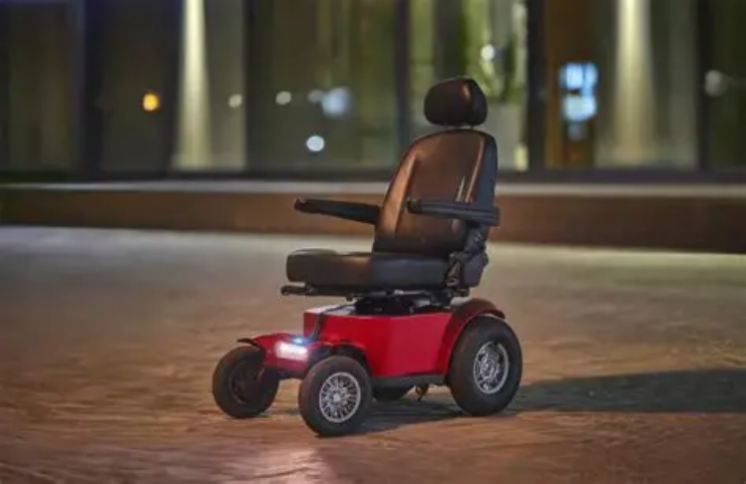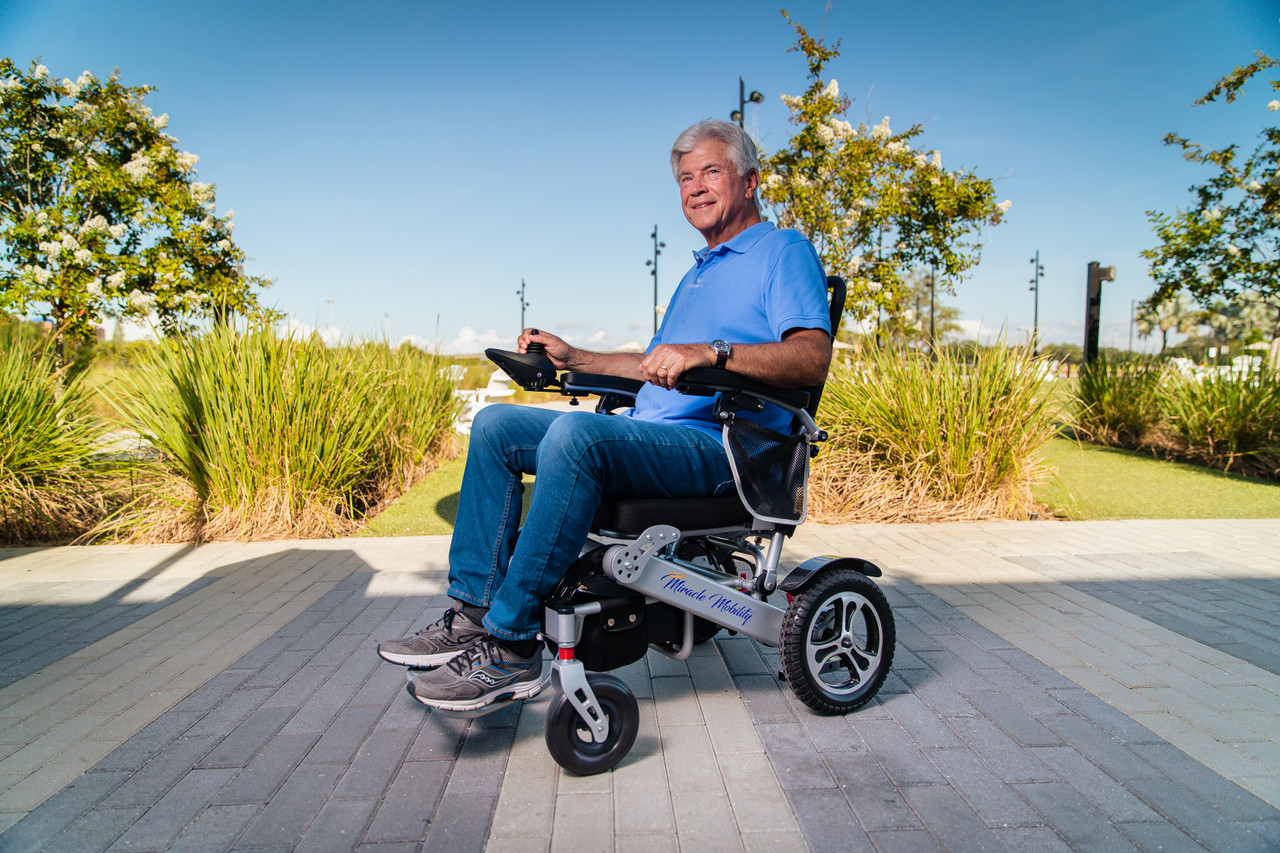
Electric wheelchairs serve as a vital lifeline for many, enabling independence in daily activities from grocery shopping to commuting. Yet, standard insurance policies often fall short of addressing the unique risks these devices face—from accidental damage during use to liability for third-party harm—and the financial burden of repairs or replacements can be overwhelming. Electric Wheelchair Comprehensive Insurance fills this gap, offering tailored protection that goes beyond basic coverage to safeguard both the device and the user’s quality of life.
Core Coverage for Daily Mobility Risks
This insurance prioritizes the most common challenges of electric wheelchair use, starting with accidental damage. It covers repairs or full replacement if the wheelchair is damaged in collisions (e.g., with doorframes or curbs), exposure to harsh weather (such as rain causing electrical malfunctions), or unexpected mechanical failures (like battery burnout or motor issues). For instance, if a wheelchair’s control panel is cracked after a fall, the policy reimburses the full cost of repair—typically between eight hundred and one thousand two hundred dollars—or covers the replacement of a totaled wheelchair, which can range from three thousand to ten thousand dollars depending on customization. Unlike basic home or health insurance, which may cap coverage for medical equipment at a few hundred dollars, this specialized policy accounts for the wheelchair’s actual value, including any customizations like padded seats or navigation aids. It also covers loss or theft, a critical feature for users who rely on their wheelchair outside the home, reimbursing the cost to replace the device if it is stolen from a car or public space.

Liability and Third-Party Protection
A key distinction of this insurance is its focus on liability, addressing risks that arise when using the wheelchair in public or shared spaces. If a user accidentally collides with a pedestrian, causing injury, or damages someone’s property (such as knocking over a store display), the policy covers associated costs: medical bills for the injured party (which could reach two thousand dollars or more for minor injuries) and repair fees for damaged property. It also includes legal support if a third party files a claim, covering attorney fees that might otherwise exceed five thousand dollars. This protection is particularly valuable in busy areas, where even careful maneuvering can lead to unexpected incidents, and it alleviates the stress of choosing between mobility and financial risk.
Specialized Support for Accessibility Continuity
Recognizing that a broken electric wheelchair disrupts daily life, the insurance includes provisions to maintain accessibility during repairs. It covers the cost of a temporary rental wheelchair—often up to one hundred dollars per day—so users do not face gaps in mobility while their device is fixed. Many policies also offer expedited repair services, waiving additional fees for rush work to get the wheelchair back in use faster. Additionally, it extends coverage to essential accessories that enhance functionality, such as replacement batteries (which cost around three hundred dollars), charging docks, or specialized armrests—items that standard insurance often excludes but are critical for ongoing use.

By combining device protection, liability coverage, and support for accessibility needs, Electric Wheelchair Comprehensive Insurance provides more than financial security; it preserves independence. Premiums are designed to be accessible, typically ranging from one hundred fifty to three hundred dollars per year, a small investment compared to the cost of replacing a wheelchair or covering a liability claim. For those who depend on electric wheelchairs to live fully, this insurance ensures that mobility remains uninterrupted—free from the fear of unexpected expenses derailing their daily lives.




